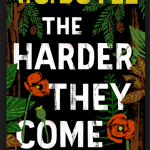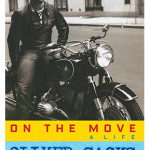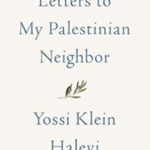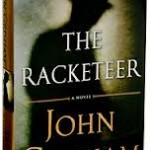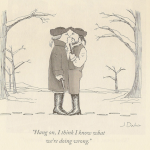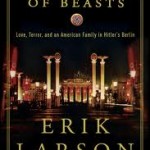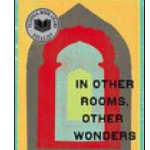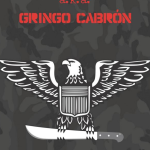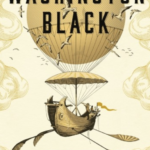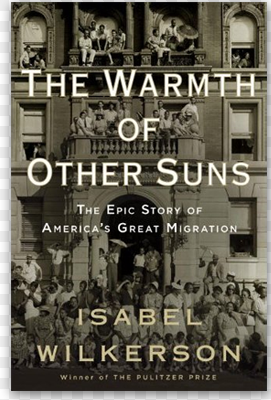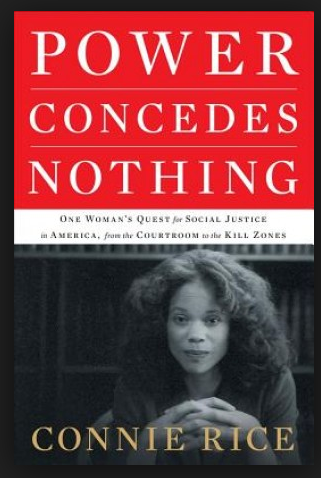Songs of America by Jon Meacham and Tim McGraw
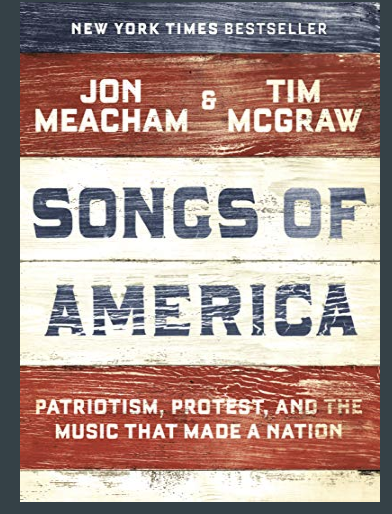 Songs of America by Jon Meacham and Tim McGraw
Songs of America by Jon Meacham and Tim McGraw
Jon Meacham is a Pulitzer Prize winning presidential historian who has written about Thomas Jefferson, Winston Churchill, Andrew Jackson, FDR, George Bush, and many more. Tim McGraw is Grammy Award winning musician who has sold more than 50 million records and he is the most played country artist as well as being an author. While this is obviously a joint project, Meacham wrote the narrative text whereas McGraw offered his take on selected songs in a framed presentation which probably just as well could have been blended into the book.
Nevertheless, the final product is an amazing presentation of the songs and music that have been part of the American fabric since its birth. The context of various musical pieces often including the actual circumstances in which the words and music were created, are frequently very familiar to the reader.
There will be some pieces that most of us never heard of such as the “Liberty Song” which was created in 1768. There is also “Yankee Doodle Dandy”, an American Revolutionary War song that which will probably be familiar to most children. The book winds its way through American history with a background of American music. Many of the readers will know the story of Francis Scott Key who eagerly looked to see if the American flag was still flying as the British and Americans battled in the war of 1812. The book also includes the words and songs that came from the oppressed slaves in America and not only accompanied them on the road to freedom but also became part of the fabric of American music especially jazz and beyond.
This book is much more than a recital of songs and music. It is an in-depth look at American history while at the same time using music and song to reflect the history that is being made. The journey includes the assassinations of Lincoln, Martin Luther King and JFK and much more. We are presented with a combination of a music and history journey through the great world wars, Korean, Vietnam wars as well as the cold war and American political wars. Intertwined in this wonderful historical piece are many of the words of songs, which have left their indelible mark on all of us who have experienced some small part of history and read about so much more.
As I read this excellent book, I could almost hear much of the familiar music and words in my head. I also could not help but think what a tremendous accomplishment it would be if the author could have created an audio book with much of the music described. I checked and found out that while there is an audio version read by the two authors, much of it only has the authors reading the words of the songs while the music and singing was largely excluded. Should the authors be able to obtain the rights to all or most of the songs described in the book and blend them with the narrative, it would surely be a classic that people might very well pay the extra cost for the royalty payments which would be necessary. I would hope that such a project would come to fruition.
As always your comments are welcome below
To obtain a copy of this book from Amazon please click here

